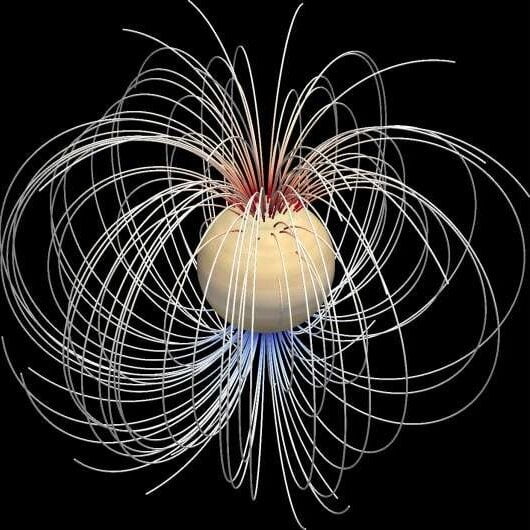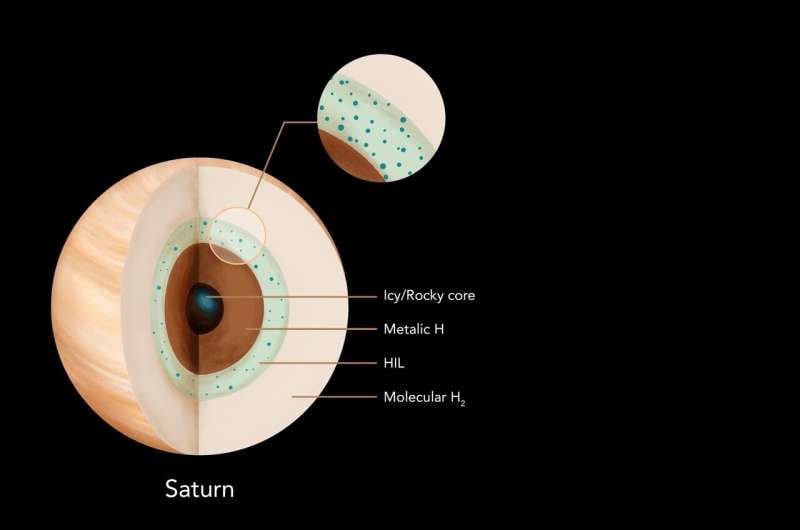The models, published this week on AGU Advances, indicate that Saturn's interior may have higher temperatures in the equatorial region, with lower temperatures at high latitudes at the top of the helium rain layer.
It is notoriously difficult to study the internal structures of large gas planets, but one study advances the effort to map Saturn's hidden regions.
By studying how Saturn formed and how it has evolved over time, we can learn a lot about the formation of other planets similar to it within our solar system and in other systems
Sabine Stanley, study co-author and Johns Hopkins planetary physicist
Saturn, a "particular subject"
Saturn stands out among the planets in our solar system because its magnetic field appears to be almost perfectly symmetrical around the axis of rotation. Measurements collected from the latest orbits of NASA's Cassini mission give us a better understanding of what the interior of the planet may look like, says lead author Chi Yan, Ph.D. of Johns Hopkins.

By feeding data collected by the Cassini mission into powerful computer simulations similar to those used to study weather and climate, Yan and Stanley explored the ingredients needed to produce the "electromagnetic mix" that could explain Saturn's magnetic field.
Saturn in X-rays
“One thing we discovered was the sensitivity of the model to very specific things. For example, temperature,” says Stanley. “And that means we have a really interesting view of Saturn's deep interior up to 20.000 kilometers deep. It's like looking at a planet in X-rays."
Surprisingly, Yan and Stanley's simulations suggest that a slight degree of non-asymmetry may actually exist near Saturn's north and south poles.

To confirm the model, a direct observation of Saturn's poles would be needed. And, combined with this model, it could answer another question that has captivated scientists and experts for decades space exploration: how fast does Saturn rotate?

